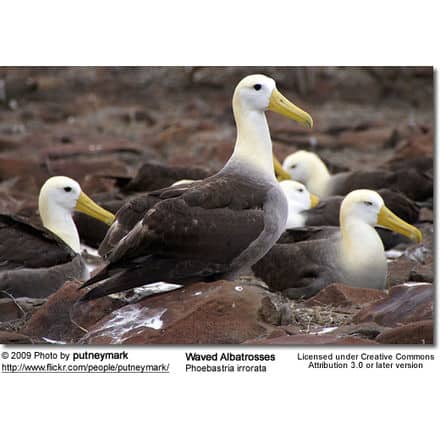Houbara Bustards
The Houbara Bustards, Chlamydotis undulata, belong to the bustard family. Their range includes the Canary Islands and North Africa.
The Asian former subspecies has now been split as a separate species, Macqueen’s bustard, Chlamydotis macqueenii. These are the only members of the Chlamydotis genus.
The dividing line between the two species is the Sinai peninsula. The Houbara bustard is largely resident in its range.
This species breeds in deserts and other very arid sandy areas.
The houbara bustard is widely prized in Arabia and Egypt for its meat; widespread hunting has almost put it on the endangered list.
Description:
The Houbara bustard is 60 cm long with a 140 cm wingspan. It is brown above and white below, with a black stripe down the sides of its neck. In flight, the long wings show large areas of black and brown on the flight feathers. It is slightly smaller and darker than Macqueen’s bustard.
Males and females look alike, but the female is smaller and grayer above. It is vocally almost silent.
Like other bustards, this one has a flamboyant display raising the white feathers of the head and throat and withdrawing the head. 2-4 eggs are laid on the ground.
Diet:
This bustard is omnivorous, feeding on seeds, insects, and other small creatures.


